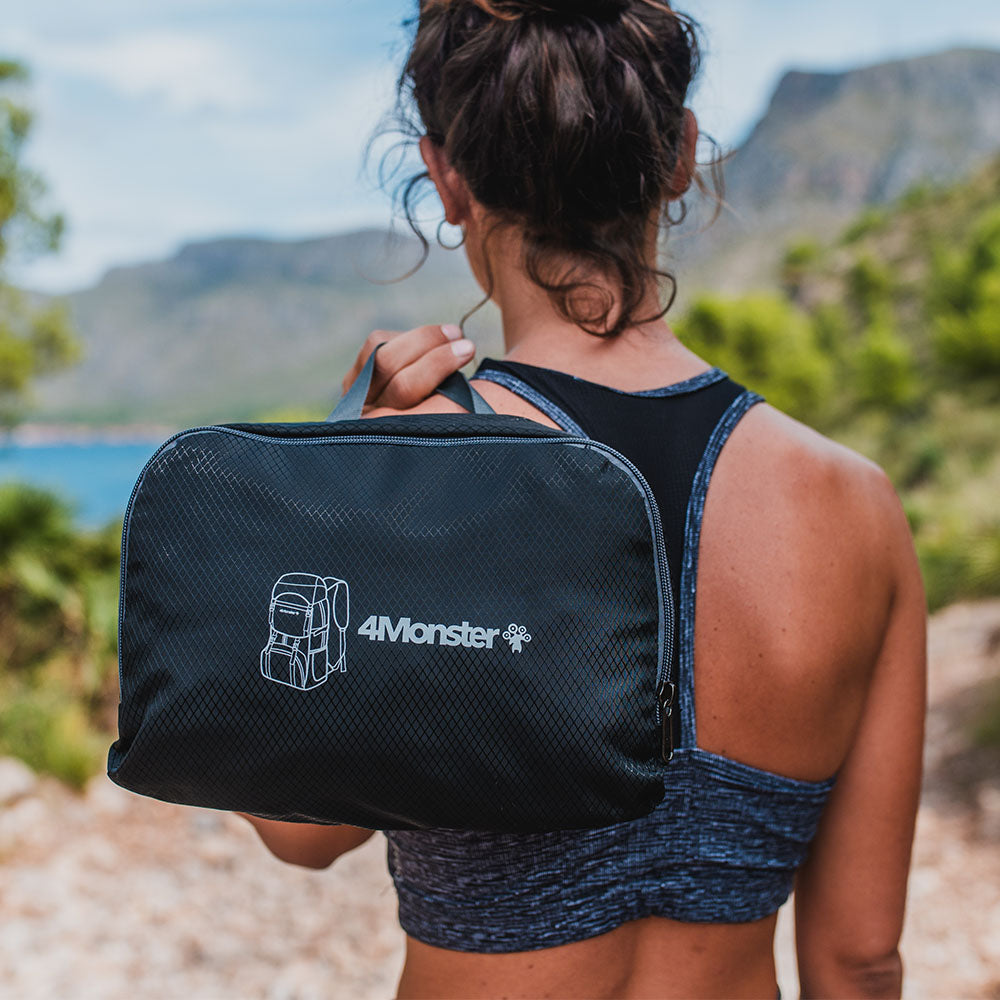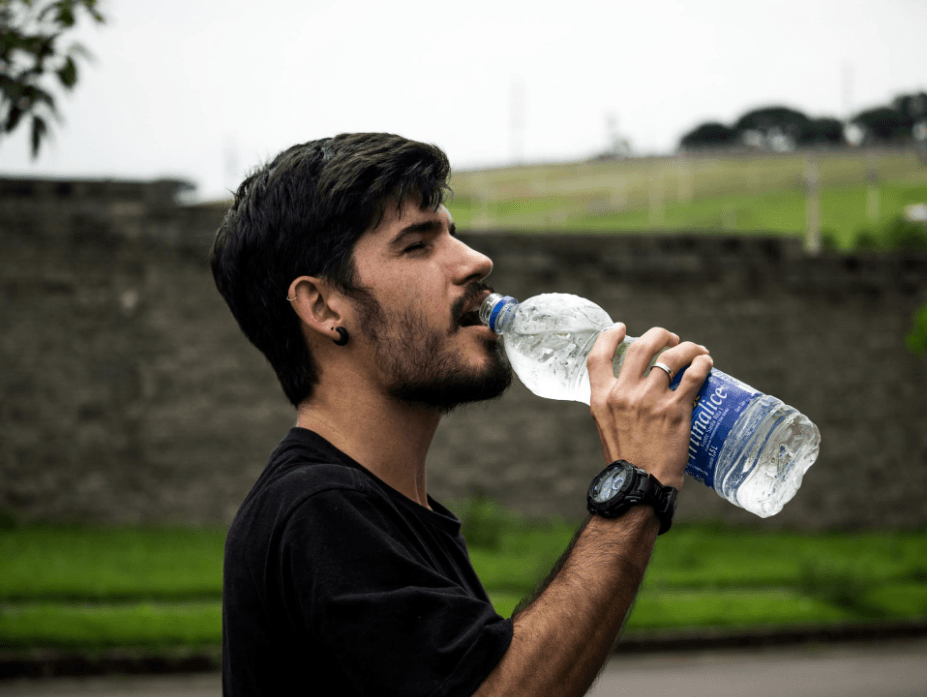01
Do not warm up before running

Doing some simple limb exercises before exercising is good for safe and effective exercise.
Especially in the colder autumn and winter, the human body is significantly stimulated by the cold and the elasticity and ductility of muscles and ligaments are significantly reduced, and the flexibility of the joints of the whole body is much worse than that of spring and summer. If you do not prepare for exercise before exercise, it is easy to cause muscle, ligament strain or sprained joints, resulting in exercise can not be carried out normally.
In addition, if you run without warming up, the cardiovascular system and respiratory system will be too late to enter the state, and the muscle blood supply and flexibility are not good.
02
Run to rest immediately
Many people are used to stopping immediately after running. At this time, the rhythmic movement suddenly stops, and the blood stored in the muscles cannot flow back to the heart through the muscle contraction, resulting in lowered blood pressure, temporary brain ischemia, and triggers panic. Shortness of breath, dizziness, paleness, and even fainting in shock.
Coping method: Never stop immediately after running. It is recommended that the correct approach is to run vigorously and then jog at a slower speed for 5 to 10 minutes, and then stretch.
03
Sudden increase in running volume
If you are just starting to run, don’t avoid rising fast for a long time, it will make your body eat too much.
Coping method: It is recommended to arrange exercise time and exercise volume reasonably according to your physical condition (heart rate, muscle strength, exercise habits and other indicators), and follow the principle of "up to 10% increase in training volume per week." In addition, don't run every day, you should take a proper rest, such as running one rest, one running two rest.
04
Don't drink water or drink too much in one breath

Drinking water should be considered in combination with weather, running time and running volume. Before, during, and after exercise, water should be replenished in a timely manner.
Coping method: 200-300 ml of water can be added half an hour before running. Water should also be actively hydrated during exercise, otherwise the body will be dehydrated if the amount of exercise is too large and the time is too long. What needs to be paid attention to is the principle of taking small sips and drinking many times when replenishing water during exercise.
After long-distance running, avoid drinking too much in one breath, which will increase the burden on the blood circulation system, digestive system, especially the heart, and even severe water poisoning.
05
Ignore muscle exercises

Running requires strong lower limb strength (buttocks, thighs, calves) and core muscles (low back muscles) strength. Everyone will also pay attention to the former, and the latter is easy to ignore.
Coping methods: Better core muscle strength can help control body posture, run more easily, and greatly reduce the risk of injury.
06
Wear shoes or clothes casually
Although running is easy to develop, it does not run casually.
Coping method: It is not recommended to wear cotton inner and outerwear when running, and you should choose lightweight, breathable and quick-drying clothing. If you run at night, there should be obvious reflective strips on your clothes. Safety is very important.
For running shoes, choose professional running shoes with soft soles and good support, wrapping and comfort, not as expensive as possible.

Have you remembered these running taboos?
You must develop healthy running habits~!




















